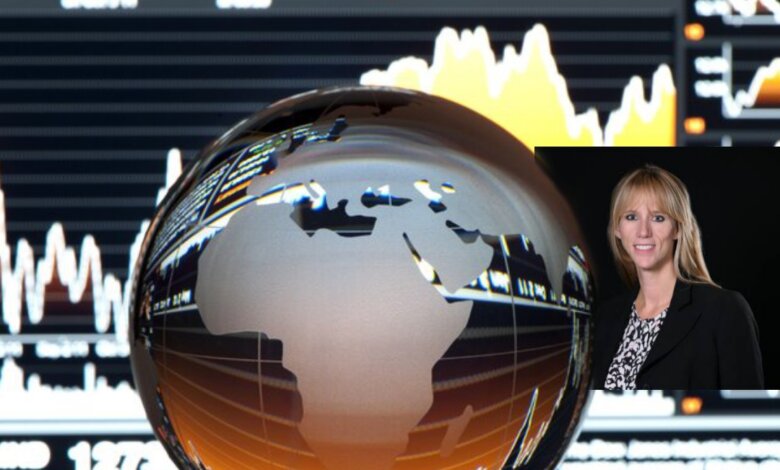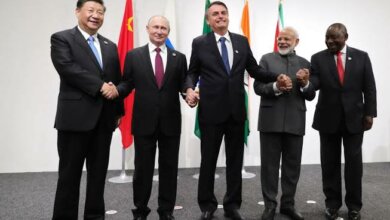
Over the past few years, African debt markets have faced significant challenges due to a combination of factors including soft global economic conditions, the COVID-19 pandemic and related supply chain failures.
These factors led to a decrease in demand for African debt and a dramatic rise in borrowing costs, placing sovereign borrowing in particular in a difficult position.
In fact, in 2023, there was no issuance at all in Sub-Saharan Africa, marking the first time since 2008 that this happened. The global bond market was effectively frozen for Africa.
The funding squeeze and the closure of the bond market forced African countries to seek alternative sources of financing, such as domestic capital markets, multilateral institutions, and bilateral agreements.
But in January and February 2024, everything changed.
Suddenly there was a rush of deals. First Cote d’Ivoire reopened the market with a bumper $2.6bn of bond issuance. Even more encouragingly, the sale was oversubscribed more than three times, with a combined demand of $8 billion.
Then Benin came to market with a smaller issuance of $750m at a yield of just under 9%. Kenya issued a hefty $1.5bn at a yield of 10.4%, the proceeds of which will be used to buy back most of its debt which falls due in June this year. First Quantum Minerals issued $1.6bn, closely following Kenya.
Moreover, these bonds actually all priced lower than initial guidance – indicating that investor demand was far stronger than initially anticipated. The issuance was proof positive that the market had turned a corner and confidence had returned.
This confidence spread to the loan market, with banks suddenly rushing to pitch loan bridges to bond issuance and / or medium-term financing at more attractive loan pricing than borrowers have been offered over the last 2 years.
As we approach the midway point of the year, the prospect of further interest rate cuts from central banks seems less and less likely. Debt capital markets issuance however is continuing with recent deals for Puma Energy for $500m and phosphate miner OCP S.A., which successfully completed a bond issue on the international markets for $2bn. There are more in the pipeline which suggest the African bond markets are alive and well again.
These recent debt sales in Africa show that investors are buying riskier bonds. This trend is likely to continue as more high-yield borrowers return to sub-Saharan Africa, seeking to capitalise on the region’s growth potential.
The cost of borrowing remains high in Africa, but with projections that most of the central banks will be reducing their base rates in hard currency, borrowers will immediately start to see the benefits as costs fall.
Encouraging too, is that the debt levels in sub-Saharan Africa have largely stabilised at around 60%, and this could begin to ease slightly from 2024, halting a nearly decade-long upward trend.
We are also optimistic of a rise in event-driven financing this year.
Event driven financing refers to strategies where investment decisions are made based on specific corporate events, such as mergers, acquisitions, spin-offs and bankruptcies.
In the context of Africa’s economic development, event-driven financing can play a crucial role. We expect event-driven financing in Africa to leverage innovative financing instruments to crowd-in private climate investments and support sustainable development and green initiatives.
Importantly, the African Development Bank Group has actively promoted the use of philanthropic and other forms of capital to create an ecosystem of green growth. This approach has been highlighted at the World Economic Forum (WEF) earlier this year.
Additionally, the African Union has hosted the Conference of Ministers of Finance, Planning, and Economic Development (COM2024) in Victoria Falls, Zimbabwe, with a theme focused on financing Africa’s green and inclusive transition. The event brought together experts to discuss ways to mobilise climate finance at national, regional, and global levels.
Events such as the African Economic Outlook 2023 launch and the Conference Internationale De Lome Sur Le Financement also focused on venture capital and infrastructure financing for African projects and businesses as the continent looks towards a new financial landscape to support green industrialisation and sustainable growth.
African countries are seeking to address global development challenges and are calling for a fair financial system to handle climate shocks and implement their development agenda.
Debt remains a headwind, and inequalities in the international financing architecture make access to finance inadequate and expensive.
In other developments, the African Union has emphasised the need for global reforms, concessional finance, Special Drawing Rights, and Africa’s voice in decision-making to address debt, risk ratings, and the cost of capital.
We are also seeing a significant uptick in activity around underwriting, not only for clients who want fund certainty for general loans, but for M&A activity as well, which clearly demonstrates renewed investor appetite.
While M&A deals tend to have a long lead time before coming to market, they are eagerly anticipated and often represent new borrowers and new transactions, along with renewed investor activity in a challenging market.
All the signs point to a positive turnaround for both bonds and loans in 2024. There is plenty of pent-up demand from both borrowers and investors, and as the year got off to a strong start there are clear grounds for cautious optimism.
Author
Miranda Abraham, Head of Loan Syndication at Rand Merchant Bank (RMB) in London since 2019. She has worked across loan and debt capital markets for over 20 years. She spent the first half of her career covering a wide range of syndications across EMEA, and then in 2010 began to focus exclusively on financing for Developing Markets.
Miranda Abraham began her career at RBS, joining the graduate training programme in 1999. After completing the programme, she moved into a permanent role in the Loan Syndications team. In 2004 Miranda Abraham joined Barclays Capital (the Investment Banking Division of Barclays ) in the Loan Syndicate team.
In 2016 Miranda Abraham moved to the UK Listing Authority division of the Financial Conduct Authority, where she was responsible for approving companies for listing on the London Stock Exchange and advising investment banks on a range of technical corporate finance issues relating to DCM and ECM.

Disclaimer: The views and opinions expressed in articles and content by our contributors are those of their’s and do not necessarily reflect the official policy or position of our publication. We make every effort to ensure that the information provided is accurate and up-to-date, while holding contributing authors solely responsible for their contributions.





